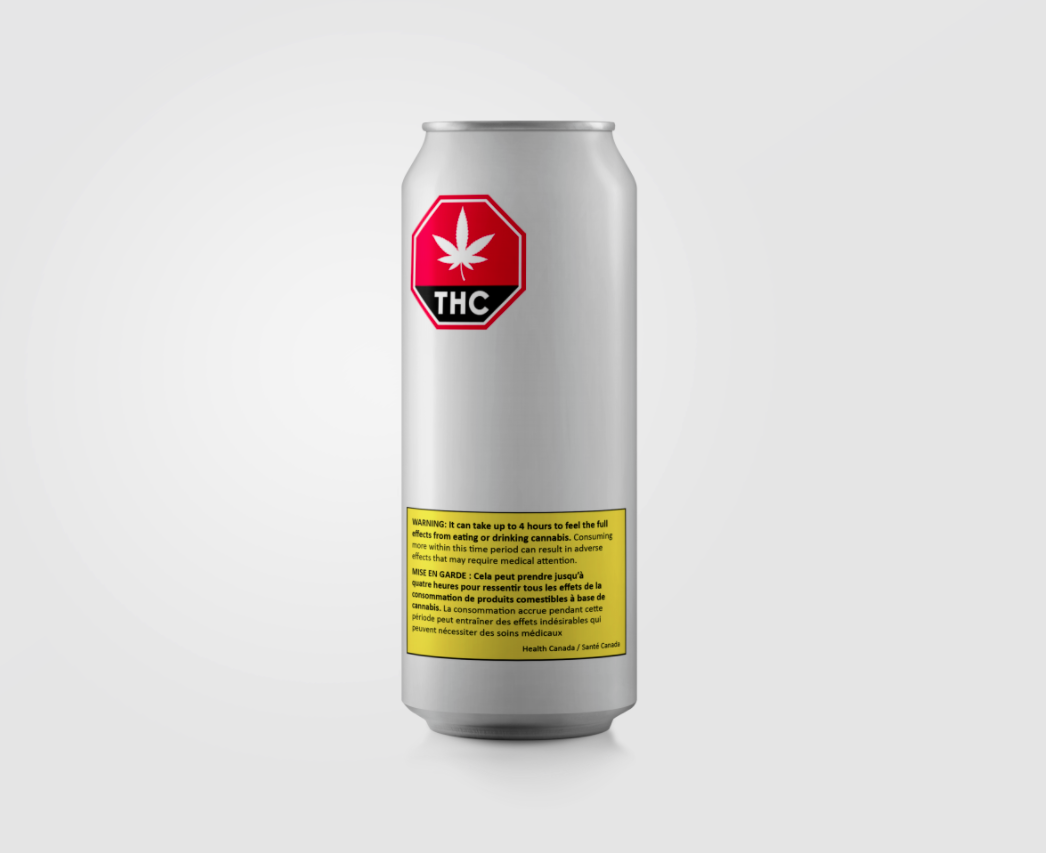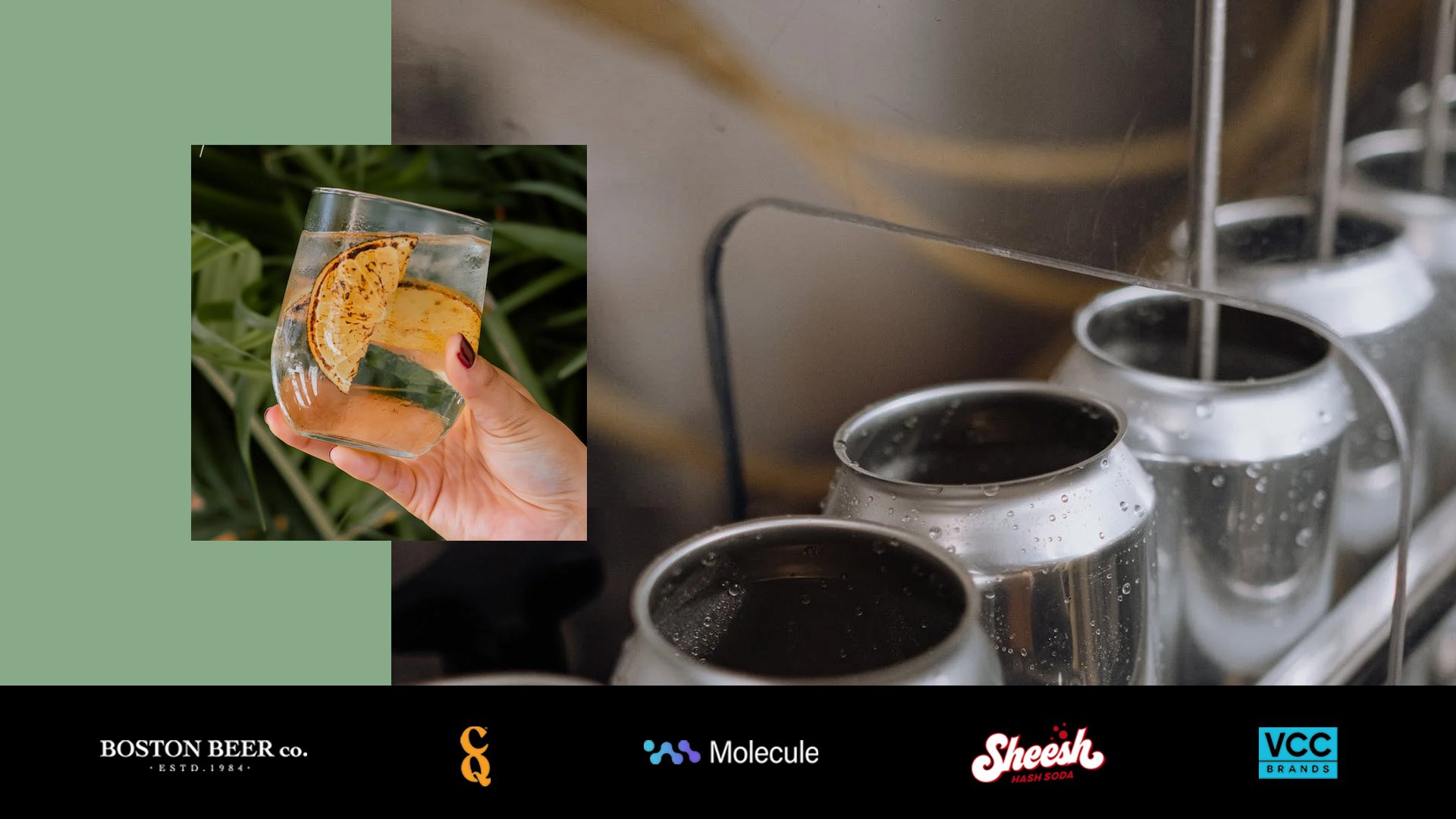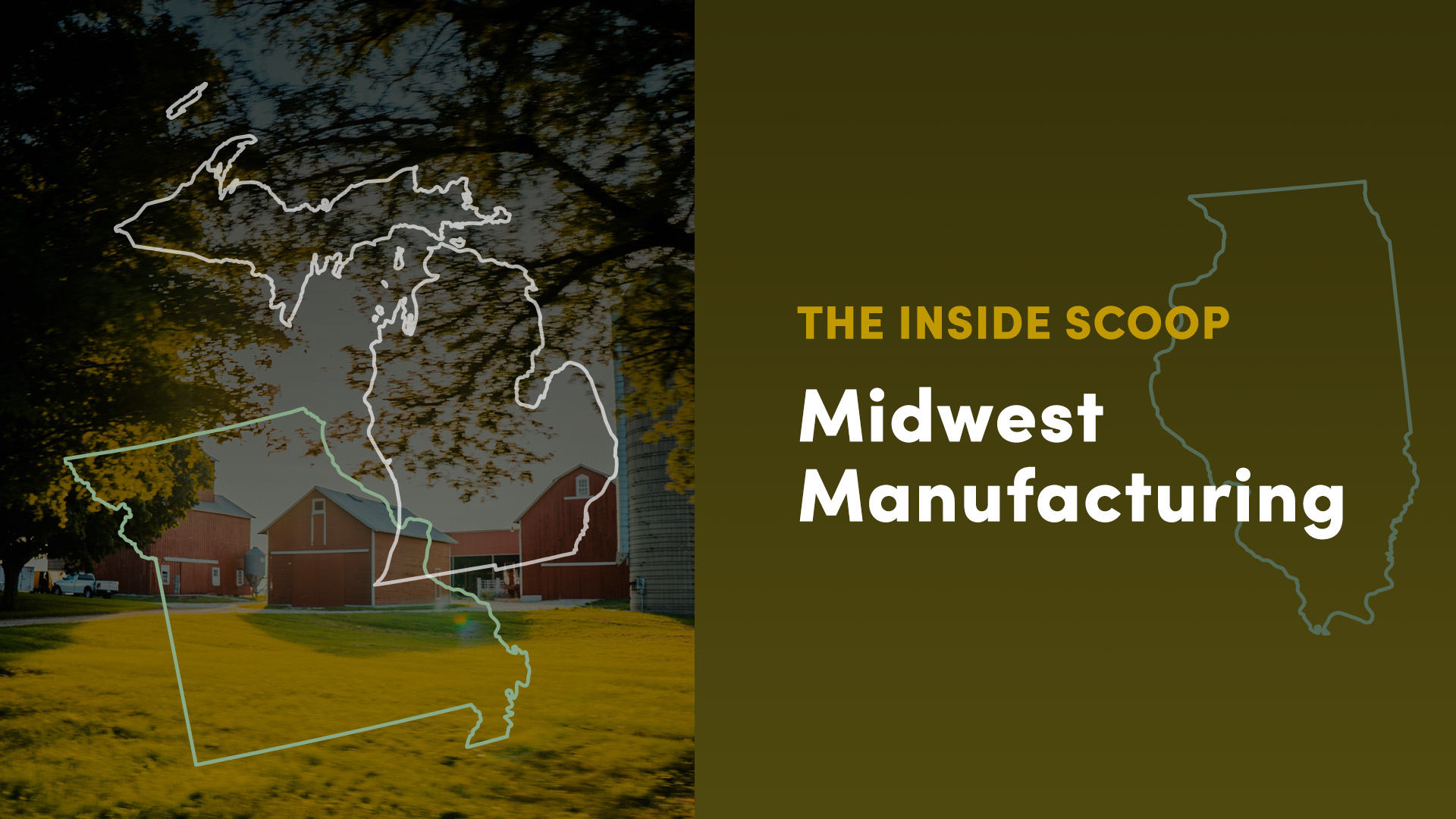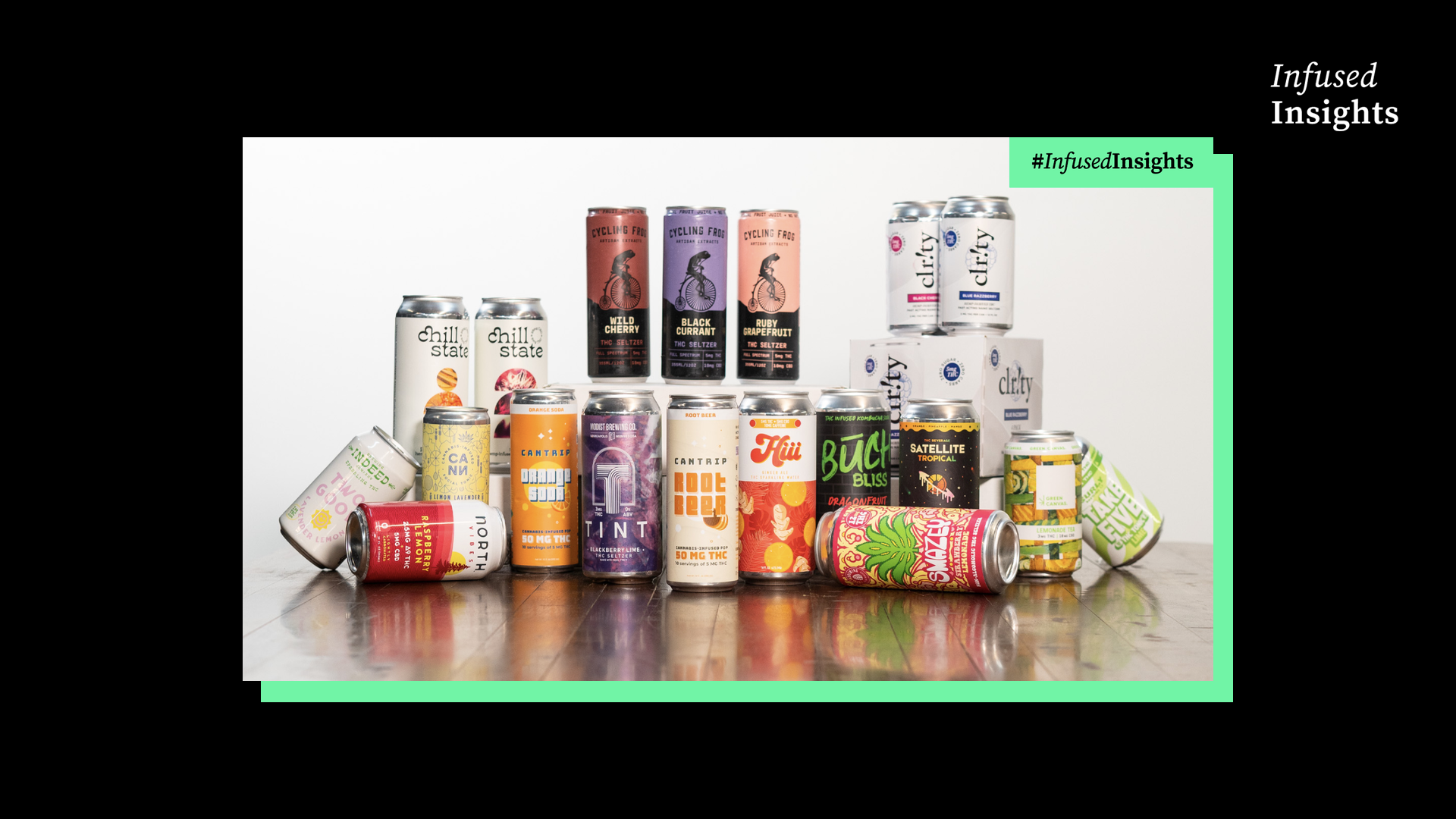Canada is the most notable federally legal cannabis market in the world. Second only to Uruguay when it comes to the first-mover advantage, the Great White North formally legalized cannabis on October 17, 2018. While the legalization was broad sweeping, it was by no means an instantly open market. In fact, the legal Canadian market was initially bound by tight regulations and heavy governmental control, limited form factors that excluded ingestibles until about a year later, and was primarily restricted to vertical integration through the Licensed Producer (LP) designation until about two years later.
Here in 2021, things in Canadian cannabis have opened up quite a bit. New form factors have hit the market and role players like licensed co-packers have begun to come online. And yet, the market remains heavily regulated, with many hurdles to clear when it comes to launching an infused product in the market. In other words, if you're an infused cannabis product operating in a legal state in the U.S., replicating your product in the Canadian market isn't as easy as just finding someone there to manufacture it for you.
At Vertosa, we create active ingredients for many manufacturers infusing a wide variety of products in both Canada and multiple U.S. regulated states. Through our process of moving into Canada, we’ve learned a lot about the nuances of the market and wanted to share some of the top challenges and opportunities presented in this unique market.

- THC Limits per Package: If you're an infused product manufacturer in California or other U.S. states, you're probably familiar with packages containing 100mg worth of product, like gummies, chocolates, or infused beverages. These are often divisible by 10mg increments or less, but this allows the consumer to decide what their effective dose is while not depleting an entire package. Not so much in Canada.
If you're a brand that caters to the "heavy doser" or bargain shopper, especially in the emerging beverage category, you will need to rethink your approach for the Canadian market. Since the Canadian market limits dosage to 10mg per package, someone looking for a higher amount of THC would need to buy multiple packages, which may be a deterrent for some customers.
- Packaging Design and Marketing: Don't let the slick advertisements, product images, and websites fool you, the actual retail packaging of products in the physical marketplace are highly restricted in design and required to be "plain." You'll be extremely limited on color, logo placement, and descriptive text with the majority of the packaging real estate going to bright yellow warning labels. Depending on the form factor, such as infused beverages, some of those required labels can be quite nonsensical. From a shopping perspective, this makes it incredibly hard to differentiate one's product.
Additionally, Health Canada heavily scrutinizes marketing tactics and brands must be extra diligent to ensure that any promotion of product cannot be viewed as directed to minors, does not promote any health benefits, and is not associated with alcohol. Perhaps the silver lining of all this is the opportunity to create demand through digital marketing and community building instead of relying on impulse buys in the marketplace.
- No Cross-Industry Brand Recognition: In California and beyond, we have household brands launching products with the hopes of leveraging their great brand recognition, especially as it pertains to infused beverages. Brands such as Lagunitas, Pabst, and in the realm of CBD — which, unique to Canada, is all regulated under Health Canada — GT's Kombucha, VitaCoco and many others. This is a no-go north of the border due to the stipulation in the regulations that there can be "no elements that would associate the product with alcoholic beverages, tobacco products, or vaping products."
- Limited Formulation Options: While many operators in regulated markets understand that cannabis, nicotine, alcohol, and certain forms of caffeine don't mix from a regulatory perspective (functionally, we find nothing wrong with a nice little cross-fade), the Canadian regulators take things a step further and add vitamins or minerals to that restrictive list, along with any flavorings that can be perceived as manipulating the flavor to be more attractive to youth.
While the initial components of that list reduce the functional benefits to be found in a single product, the last little bit regarding flavors can be frustratingly challenging to navigate, especially as it pertains to my next point.
- Provincial Wholesaling and Distribution: In Canada, each provincial government has sole rights to wholesale purchasing and distribution of products that will ultimately be sold to retailers. In theory, this promotes broad product differentiation for consumers. While each province does provide early guidance on product demands regarding type, format, dosage, and price points, it does create distinct uncertainty for brands and manufacturers on whether their developed product will ultimately have a buyer. And ultimately, for example, there’s no guarantee a product accepted by the Ontario Cannabis Store will be accepted by BC Cannabis Stores.
Word to the wise: Differentiated products are vitally important. But even if you have a product that you feel is unique to the market, and is completely stable and safe, don't assume that you're a shoo-in for any province. It’s important to stay in communication with each target provincial retailer to get feedback early and often.
- Quality and Sophistication of Operators: Quality and safety is always a top priority at Vertosa, but the compliance protocols instituted by Health Canada are robust, and probably more importantly, actually enforced. This results in more rigorous Quality Assurance protocols, documentation, and compliance in practice than you might find in some regulated states. While it certainly requires much more work for operators, doing business in Canada typically comes with greater confidence that products are safe and compliant both up and down the supply chain. As a result, inexperienced operators who might decide to cut corners are fewer and farther between.
- Less Friction with Federal Legalization: Obviously one big benefit of operating in Canada is a significant reduction of the “gray” area regulatory-wise that exists in a legal state. With federal legalization, everyone is playing by the same rules and the traditional third-party vendors are all comfortable joining the party. This means banking is much easier (and you don’t have to hide “cannabis” in your name), shipping is efficient and easy (you can use FedEx), software and hardware companies are happy to work with cannabis operators, and many other general business activities come with a bit less friction.
Getting up and running in Canada has certainly not been easy, but Vertosa has been quite successful in our work north of the border with our network of manufacturing partners and brands. Any brand looking to migrate efforts from the U.S. to Canada should understand that it's not as easy as finding a partner and shipping your inactive formulations and packaging to a co-packer. As illustrated above, there are a few more steps to consider before making the push. That being said, it’s far from impossible, and the obstacles that may arise are well worth pushing through. And you can trust Vertosa is here to help you navigate your migration to Canada, creating additional pathways to success for you and your business.
 Vertosa
:
10/12/21 7:59 AM
Vertosa
:
10/12/21 7:59 AM




